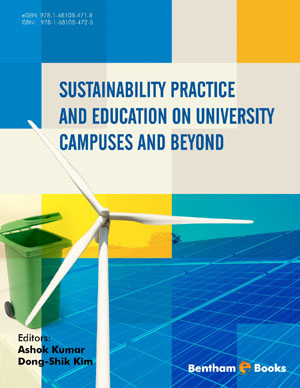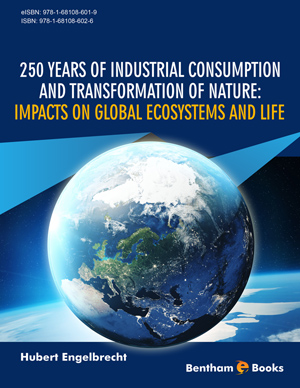Abstract
Thermal spray coating processes are commonly employed to manufacture
surfaces for distinct harsh industrial applications including power generation and
aerospace. Application of various thermal spray techniques is significant for diverse
applications, which can affect the mining of critical raw materials (titanium, nickel,
cobalt, tungsten, yttrium etc.). As a result, thermal spraying alone has contributed to
reducing mining through reuse, reduction and recycling of coated base materials.
Thermal spraying also prevents the need to discard costly superalloys by enabling
selective repair of gas turbine and aero engine parts, which would otherwise donate to
increased greenhouse gas emissions from casting, remelting and additional downstream
operations like machining. Recently, cold spray additive manufacturing (CSAM) has
played a significant role in manufacturing industries owing to many benefits such as
high process flexibility, less production time, high accuracy and quality reduced power
consumption, and powder and gas requirement than traditional manufacturing
processes. This advanced manufacturing process can build 3D parts and has the
potential to alter the future of the manufacturing world with significant sustainable
merits. Thus, the aim of this chapter is to offer an overview of CSAM including their
advantages for sustainable manufacturing in terms of environmental concerns.
Thereafter, the share of various processes and industries to greenhouse gas emissions
has been studied. Finally, the challenges associated with cold spray additive
manufacturing have been discussed.












